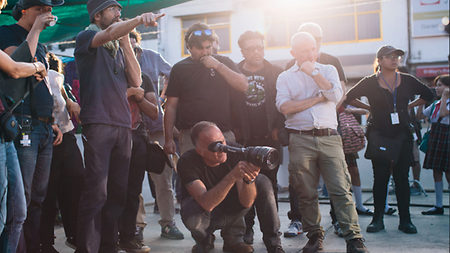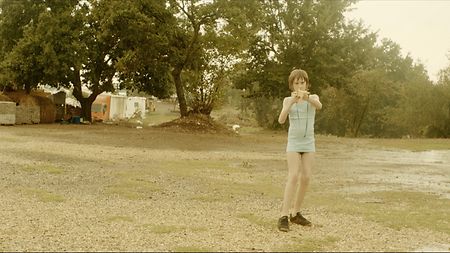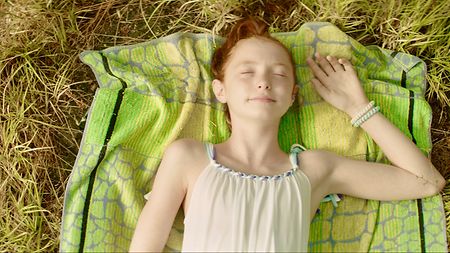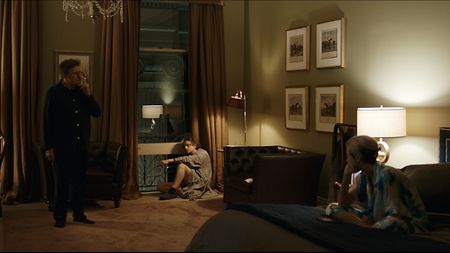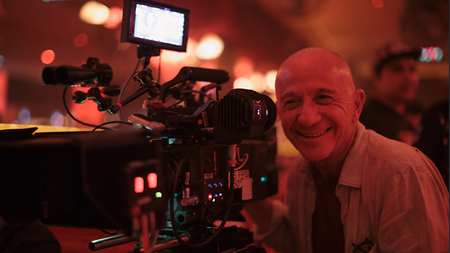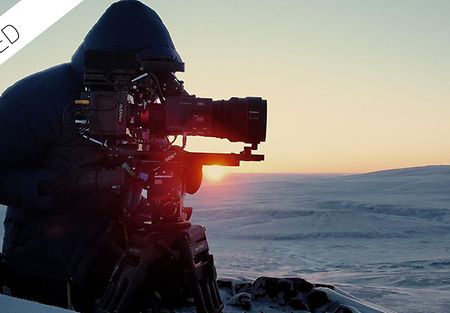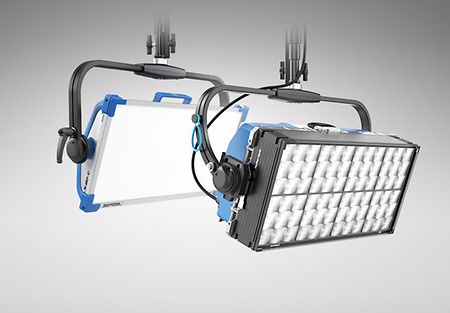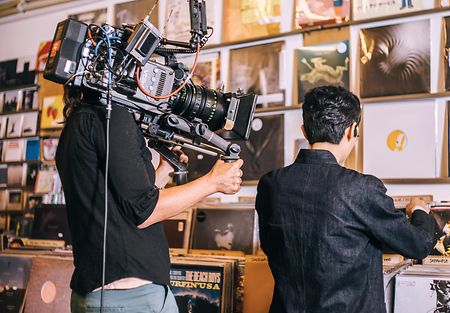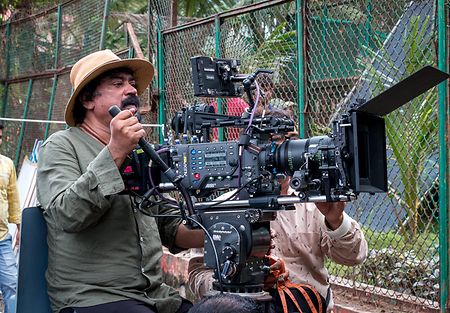The work on “ZeroZeroZero” was definitely different ...
“ZeroZeroZero” is the latest step down a path that I have taken with Stefano Sollima, starting from the series “Romanzo Criminale,” through “Acab,” the first season of “Gomorrah,” and the film “Suburra.” Every time in making one of Stefano's films, there is an item that must be added to the budget which ends up raising the bar. In the case of “ZeroZeroZero,” the complexity was inherent given the vastness of the world we had to bring to life. Filming took place in Louisiana, Mexico, Calabria, Morocco, Senegal, and the Sahara Desert. We spent months in those places and needed reliable and ductile materials. We used Master Prime lenses and ALEXA, which was the subject of a small battle. At that time, there were still no ALEXA LFs on the market and some international networks were reluctant to use the ALEXA because its sensor is not 4K native. However, we were able to reach an agreement: instead of shooting in ARRIRAW, we shot in ProRes 4444 XQ to get the maximum definition possible with ALEXA. I later shot “The White Tiger” for Netflix where I used ALEXA LF to be able to meet the network's full 4K policy. In this case, the cameras came from Panalight-Rome.
How many cameras did you use for “ZeroZeroZero,” and how?
“ZeroZeroZero” was shot with two ALEXA Minis and one ALEXA SXT, we also used a lot of different stabilization systems. The technical evolution in Stefano's style can be seen by the transition away from the exclusive use of a handheld camera (and the total rejection of the Steadicam) in “Romanzo Criminale” and “Gomorrah,” to using the camera almost exclusively on stabilization systems or with dolly shots. We were looking for smoother movements and more composed shots. The series was mostly shot with one camera and sometimes with two cameras, while all the action scenes were shot with two, three, sometimes even four cameras. I needed bright, clear, and elegant optics, that's why I chose the Master Primes. In constructing the image, I tried to overcome realism with an attractive style, enhancing the visual appeal of reality. During the preparation, we conducted infinite scouting and cataloging of locations and I collected plenty of images. The result is that everything you see in “ZeroZeroZero” is real; these places actually exist in the world. Every powerful atmosphere we found during our location scouting was brought to our sets.

